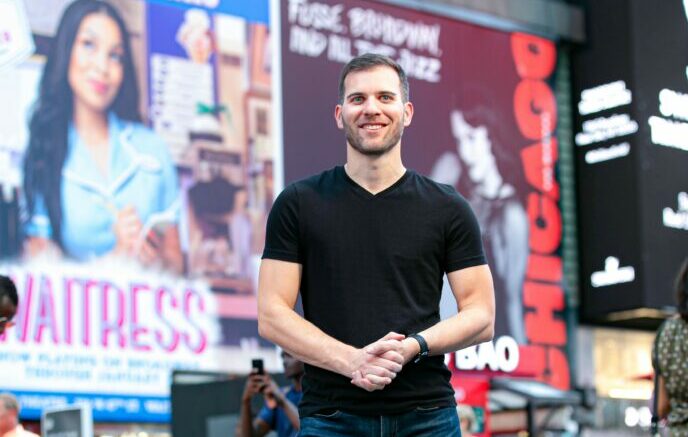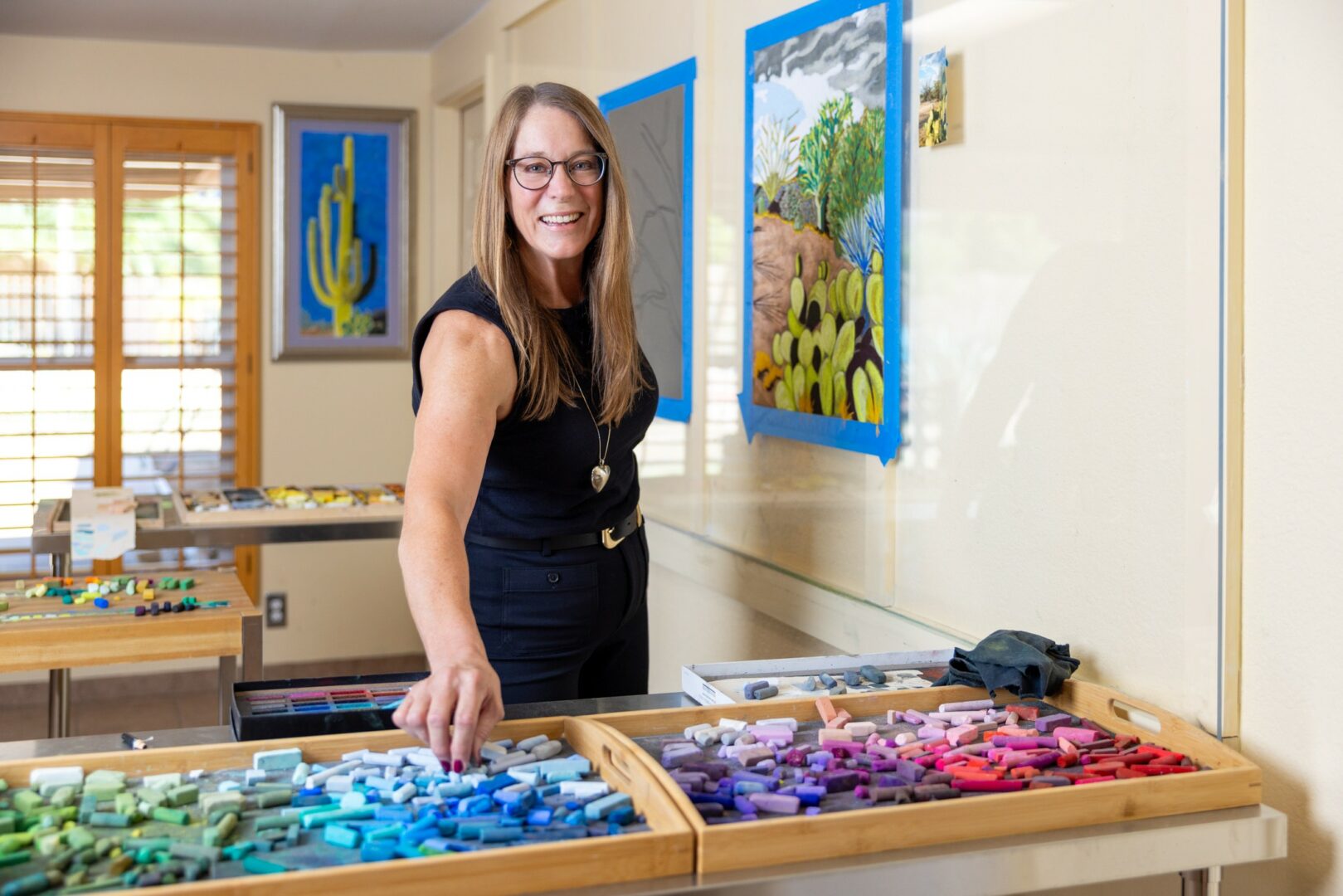We caught up with the brilliant and insightful Xiong Zhuo a few weeks ago and have shared our conversation below.
XIONG, appreciate you making time for us and sharing your wisdom with the community. So many of us go through similar pain points throughout our journeys and so hearing about how others overcame obstacles can be helpful. One of those struggles is keeping creativity alive despite all the stresses, challenges and problems we might be dealing with. How do you keep your creativity alive?
As an artist and painter, my inspiration often comes from my childhood memories and current life experiences. I was born in Inner Mongolia and lived there until I was eight years old. After that, I had to move to a big city for primary school because, in the grasslands, there were no schools for children, and survival posed its own challenges. Despite the difficulties, those unique childhood experiences have been integral to my painting.
Growing up in a nomadic lifestyle, I learned how to care for horses, herd sheep, and form bonds with dogs and even wolves. But more importantly, I learned how to coexist with the natural environment. I also came to understand the vital role of family in my life. My creativity and inspiration are deeply rooted in my family, hometown, and the animals I grew up with.
Whenever I face creative blocks or am unsure of what to paint, I immediately return to my hometown. There, I can reconnect with Mongolian and traditional Chinese cultures, which reignite my ideas and keep my creativity alive.
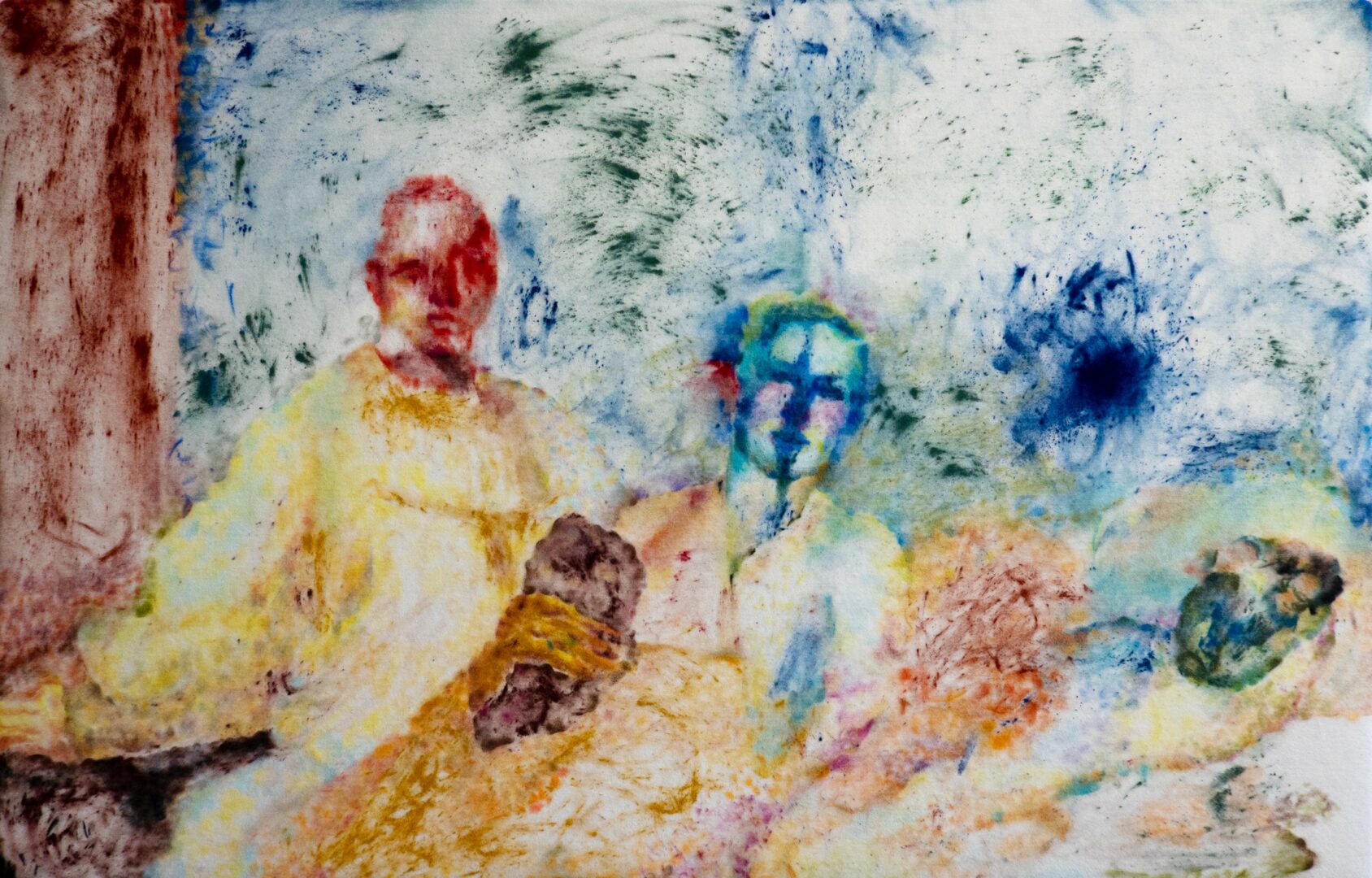
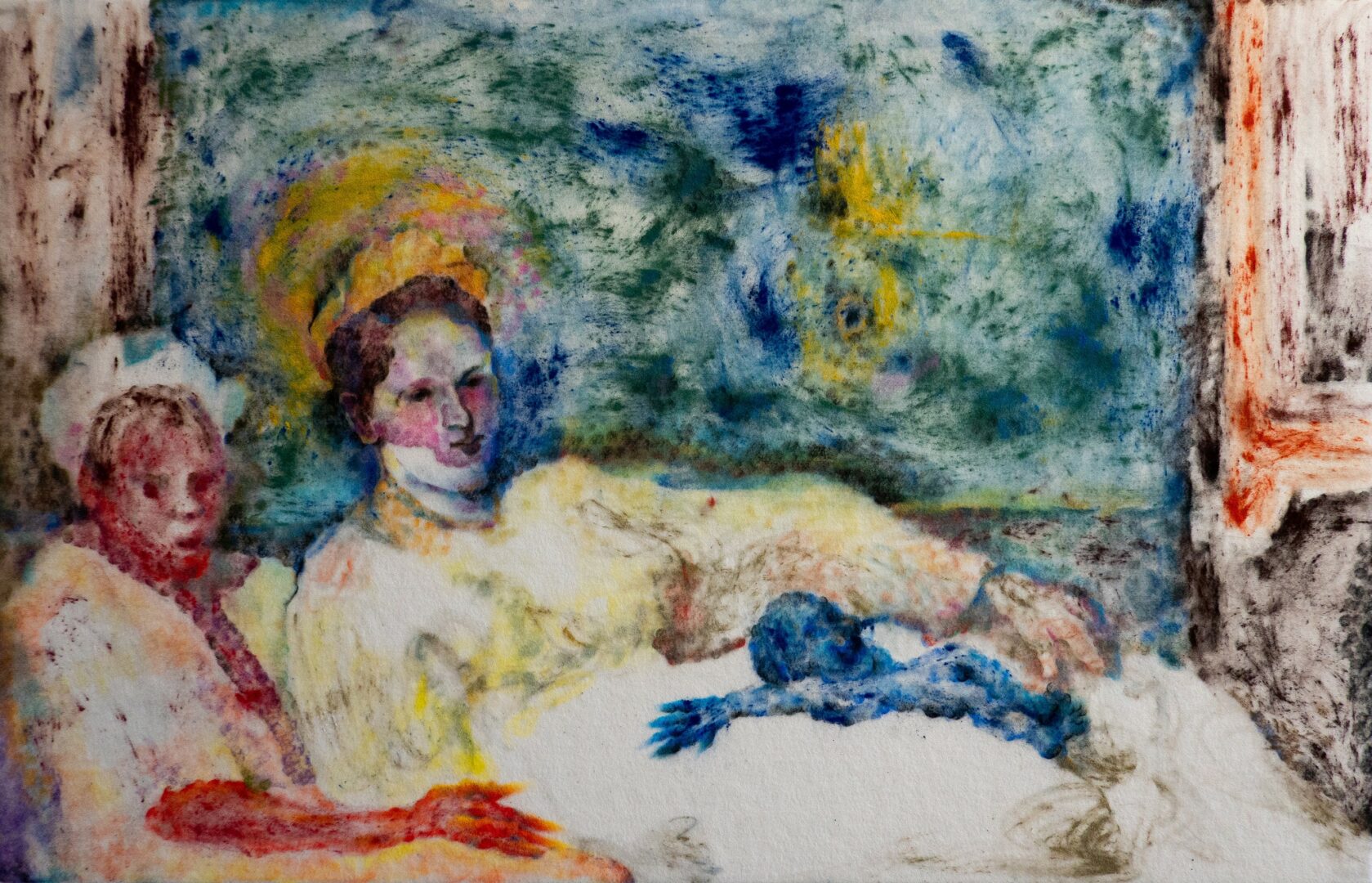
Great, so let’s take a few minutes and cover your story. What should folks know about you and what you do?
I am an artist who dedicates all my time to painting, using it as a way to express my thoughts about life, my hometown, and the world around me. Like many artists, I explore questions about who I am, where I belong, what my purpose is, and how I can bring more value to my life. My exploration often takes me back to my childhood and my hometown.
I was born in a unique place—Inner Mongolia, a province in China that carries the rich heritage of Mongolian culture. I grew up with both Chinese education and Mongolian cultural influences, which gave me a deep understanding of the tensions and strengths between the Han Chinese and Mongolian minorities.
As an artist, it’s crucial for me to experiment with different materials to develop my own artistic style and language. I draw heavily from the materials of my homeland, Inner Mongolia—felt, fur, leather, casein, and mineral pigments. For example, I use casein to paint on wool felt. These materials played a significant role in my childhood, and working with them helps me reconnect with who I am and where I come from. The scent of these materials instantly transports me back to my hometown and my early years, no matter where I am.
When I was eight years old, I had to move to a big city for school, and later, I moved again for middle school, high school, and university. This constant moving made me realize that I’ve always been on the road, much like a nomad. This is why my recent work focuses on bags, representing my ongoing journey. This series also delves into the contrast between luxury consumption and poverty. I will be showcasing this work in a solo exhibition in New York later this year.
In conclusion, no matter what career path we choose, it’s essential to invest all our energy into it, finding the field and style that resonate with us the most.
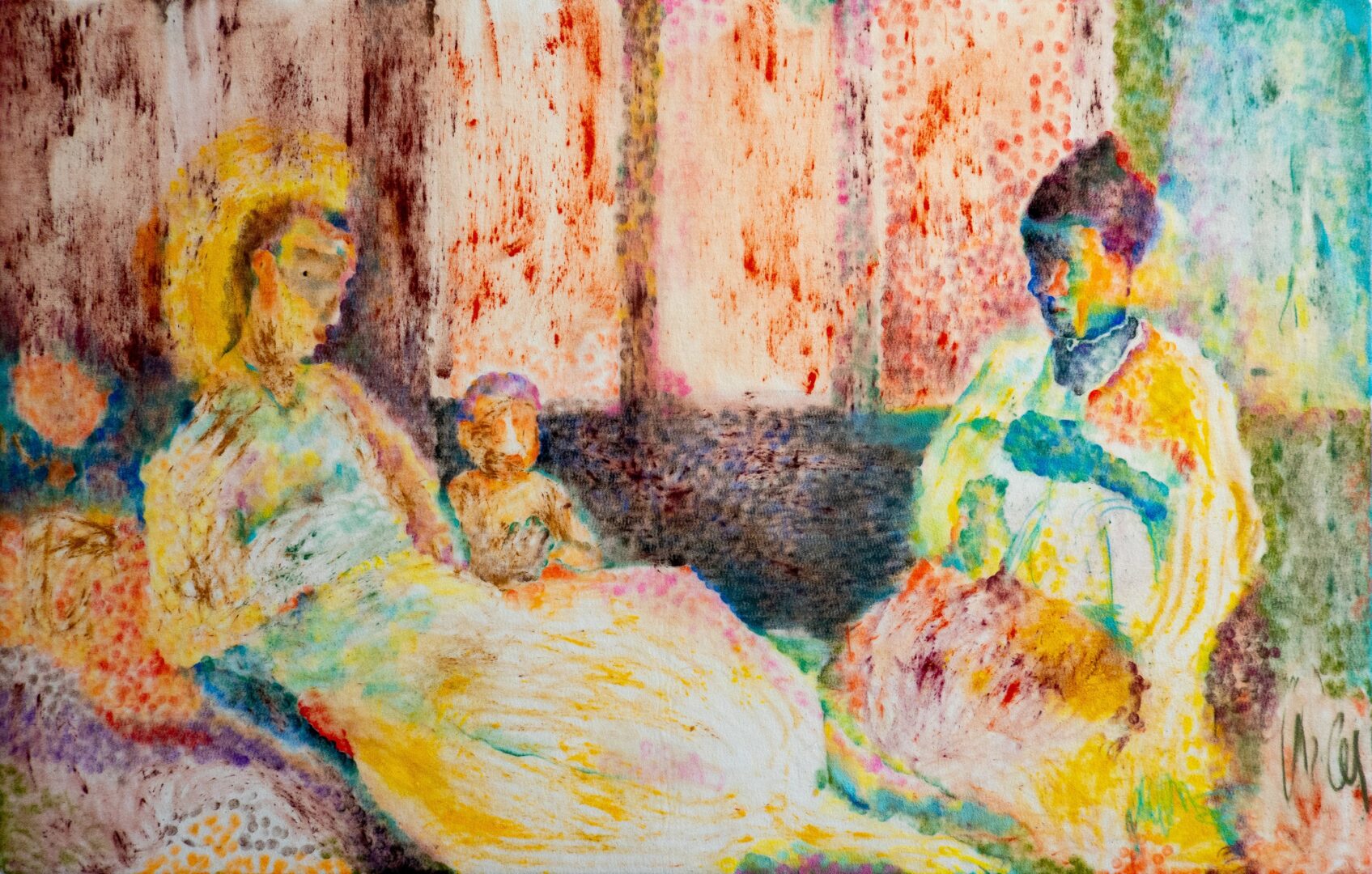
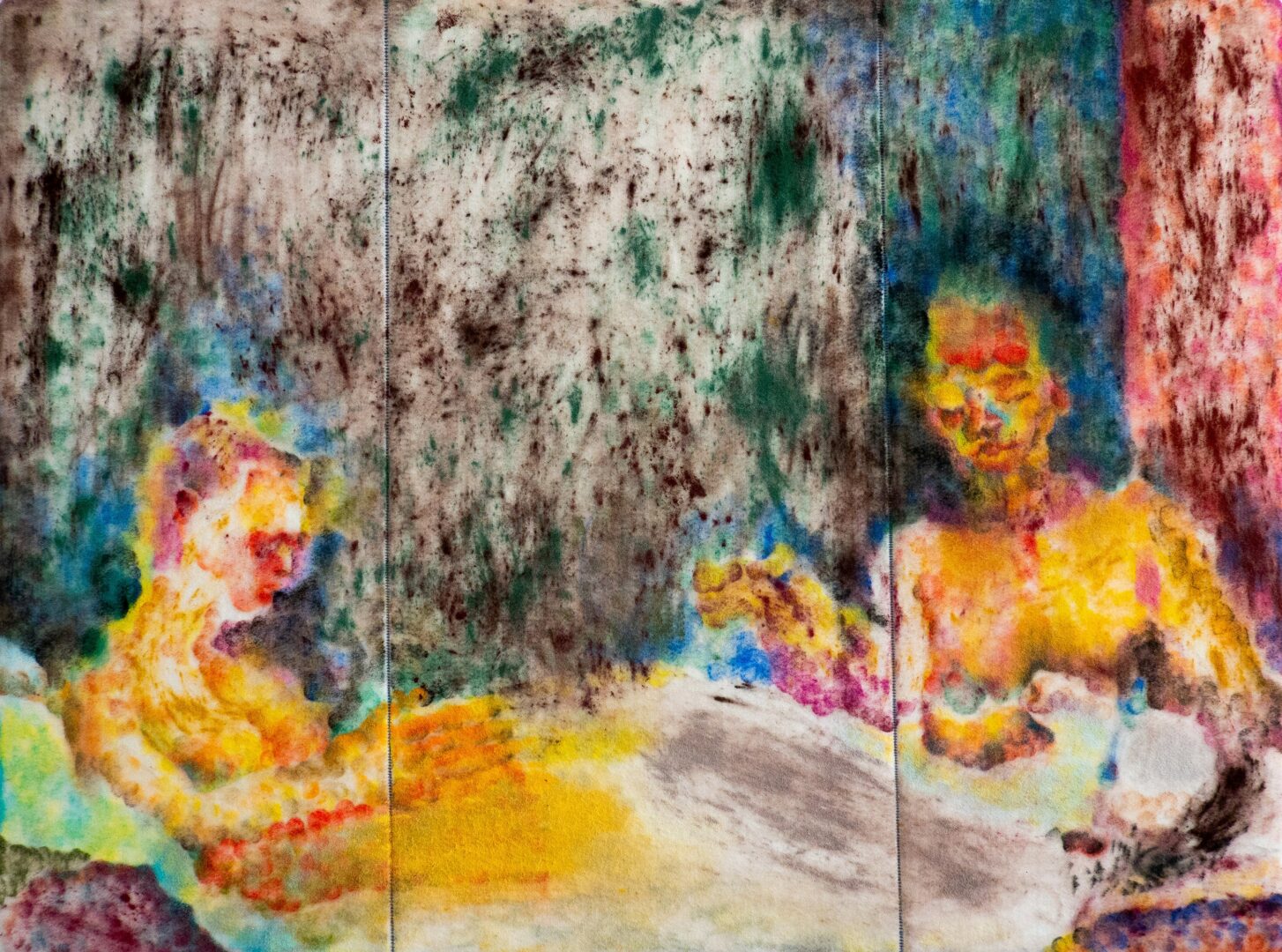
Looking back, what do you think were the three qualities, skills, or areas of knowledge that were most impactful in your journey? What advice do you have for folks who are early in their journey in terms of how they can best develop or improve on these?
As an artist, I believe it’s important not to be overly concerned with others’ opinions. We shouldn’t fear making mistakes or trying new things; experimentation is key. Additionally, we should take full advantage of the free resources available to us.
I must emphasize that working hard and being diligent aren’t unusefull to succeed. Don’t be swayed by those who claim that success is extremely difficult to achieve.
In conclusion, my advice is to travel, explore different countries, and experience the world. Enjoy life, because we only get one chance to live it.
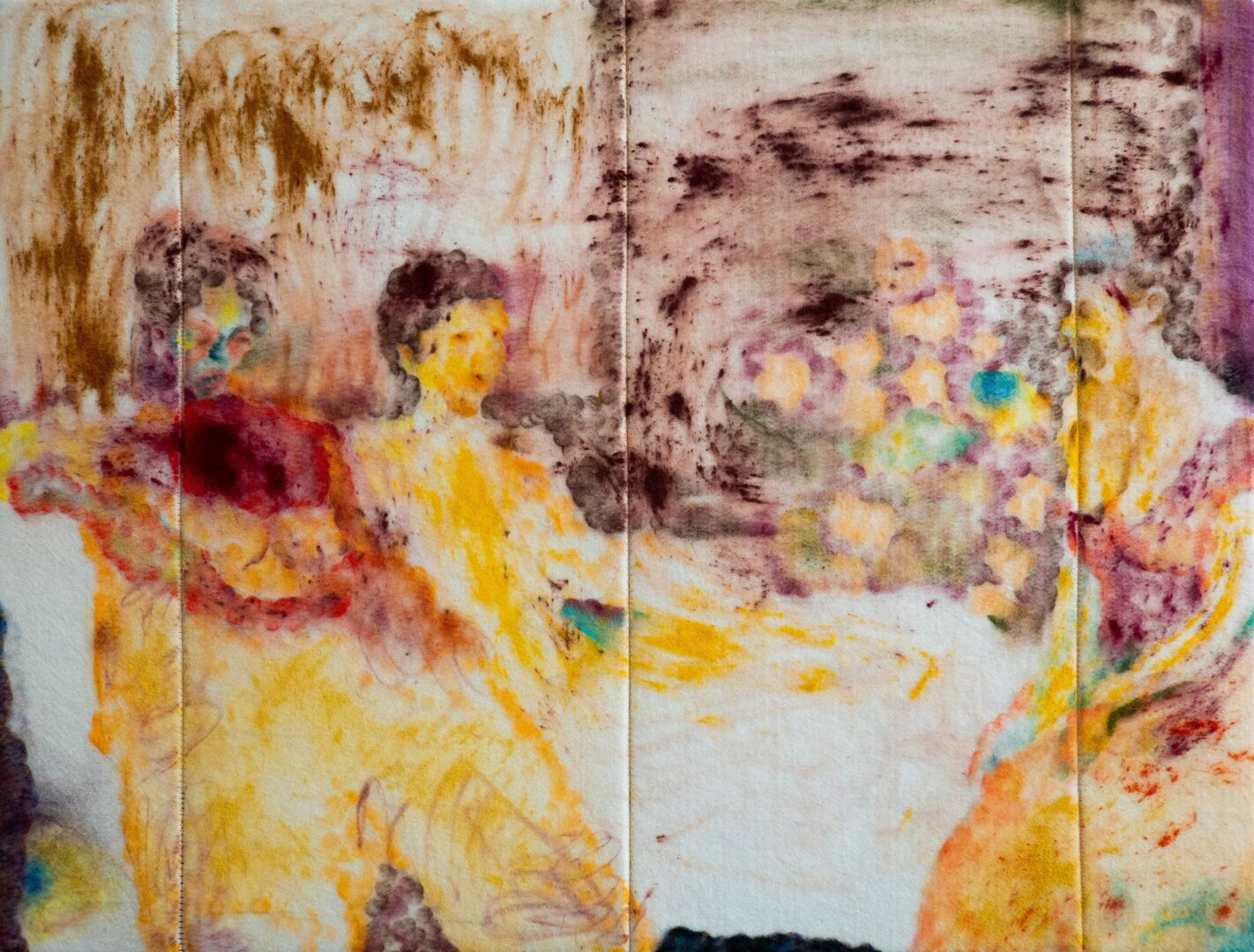
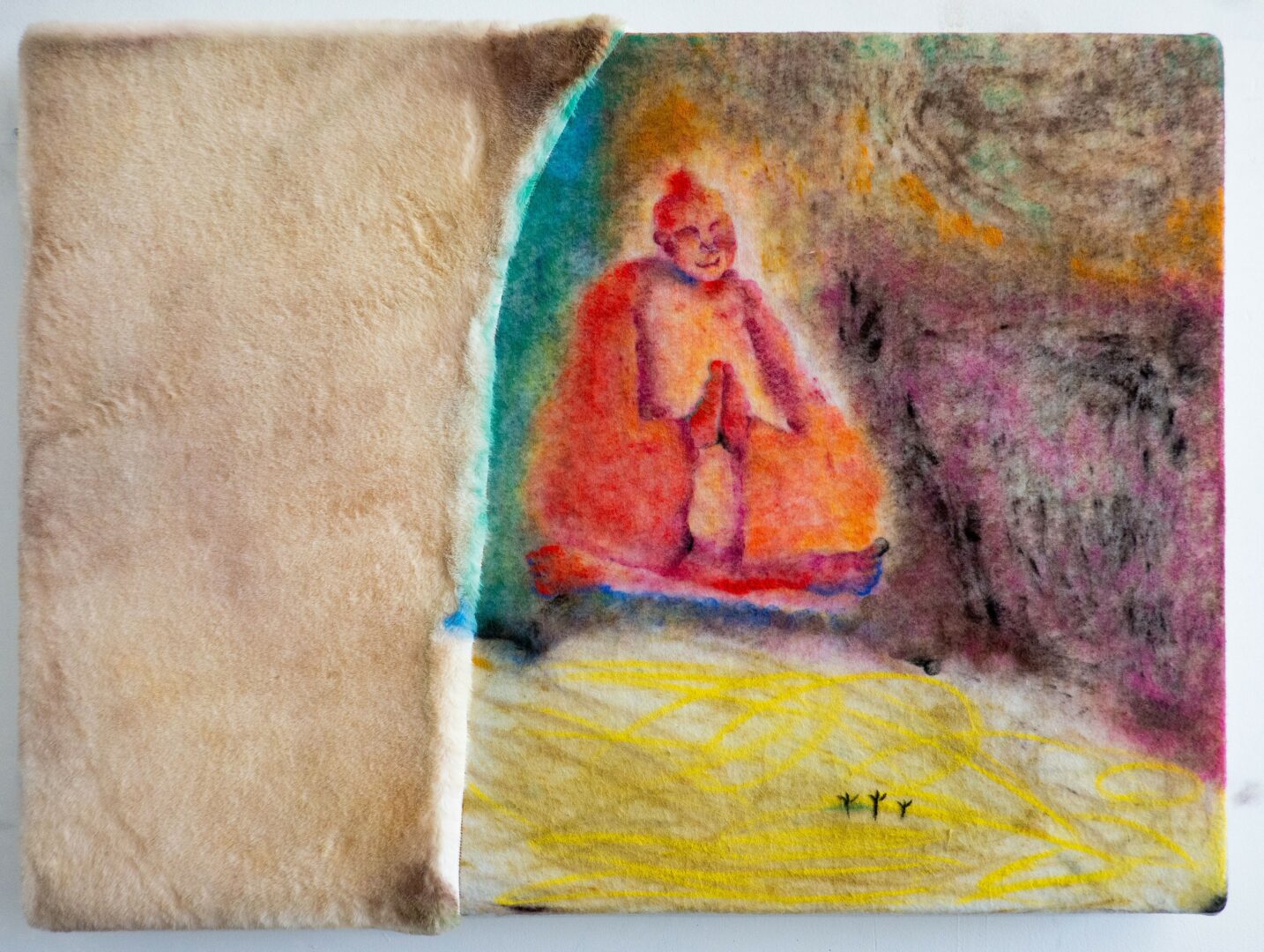
Okay, so before we go, is there anyone you’d like to shoutout for the role they’ve played in helping you develop the essential skills or overcome challenges along the way?
I believe that 99 percent of artists receive support from their families when starting their careers, and I’m no exception. I’ve received tremendous help from my parents—not just financially, but also through their constant encouragement whenever I face challenges and difficulties.
Living in New York, I often rely on my parents to send me materials from my homeland that I use in my paintings. I’m incredibly grateful for their unwavering support in helping me pursue my career.
In addition to my family’s support, I’ve also benefited greatly from the guidance of professors and advice from more experienced artists. Early in my career, Chinese artist Mao Yan’s painting techniques were a major source of inspiration for me. After moving to New York, Candida Alvarez taught me how to navigate the relationship between color and shape. Visiting David Humphrey’s studio, I learned how to integrate pop culture and contemporary philosophy into my work. Moreover, when gallerist Bridget Donahue visited my studio, she offered valuable insights on how to frame my painting. These artists and gallerists are not just friends but mentors who have provided invaluable advice for developing my artistic career. I am truly thankful for their support.
Contact Info:
- Website: https://zhuoxiong.org
- Instagram: zhuoxiong_
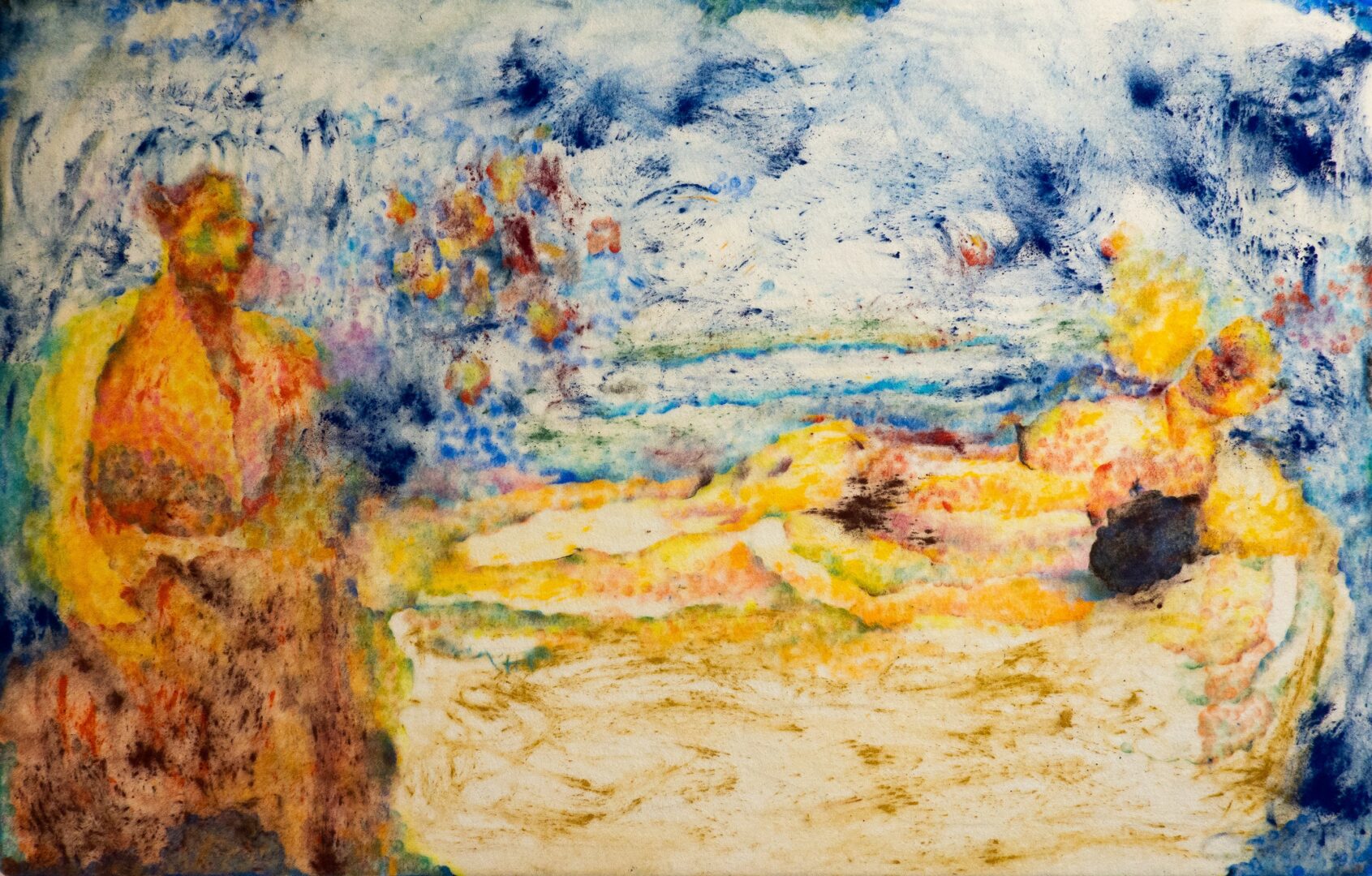
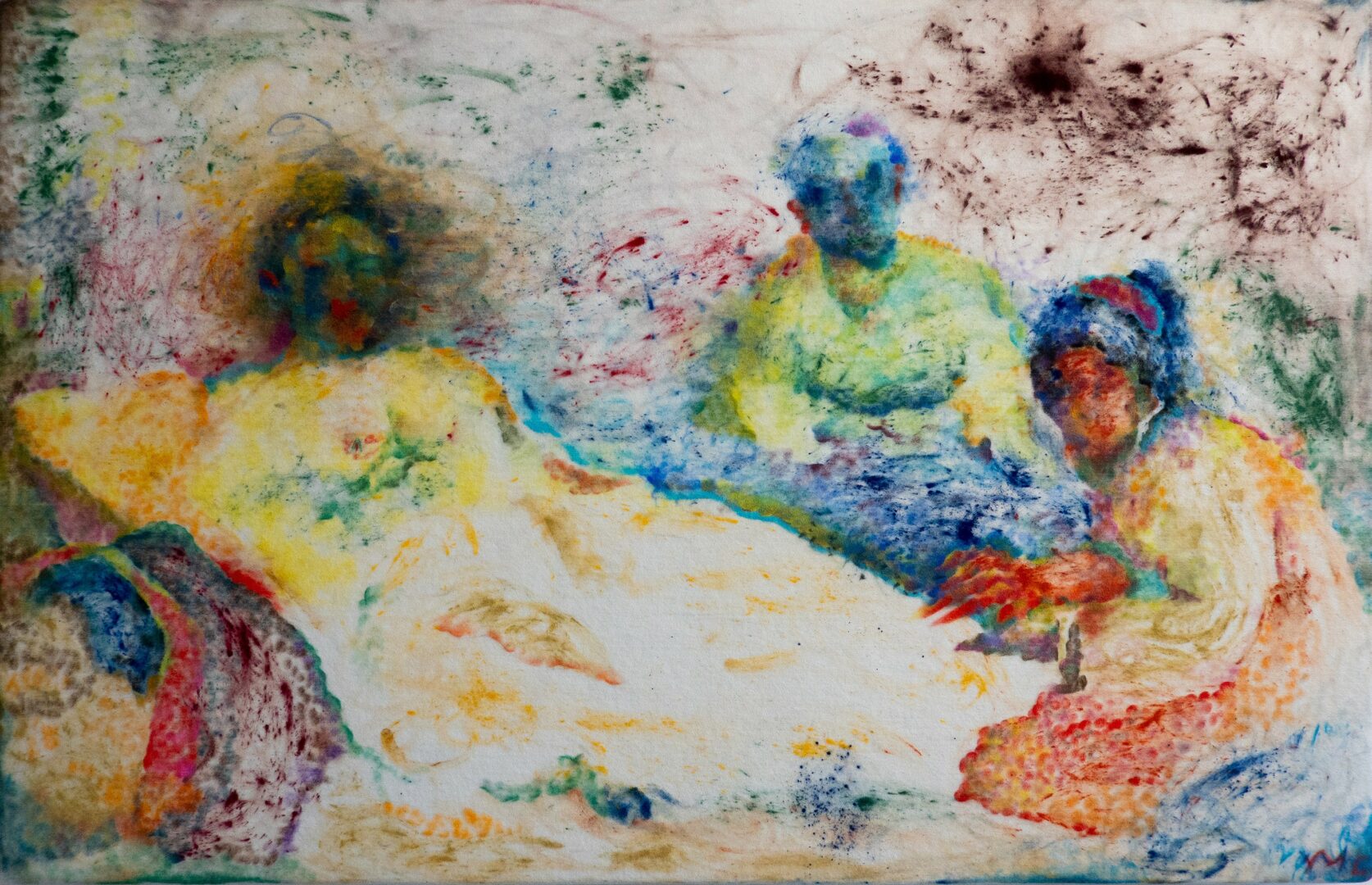
Image Credits
All of the images are from me.
so if you or someone you know deserves recognition please let us know here.


